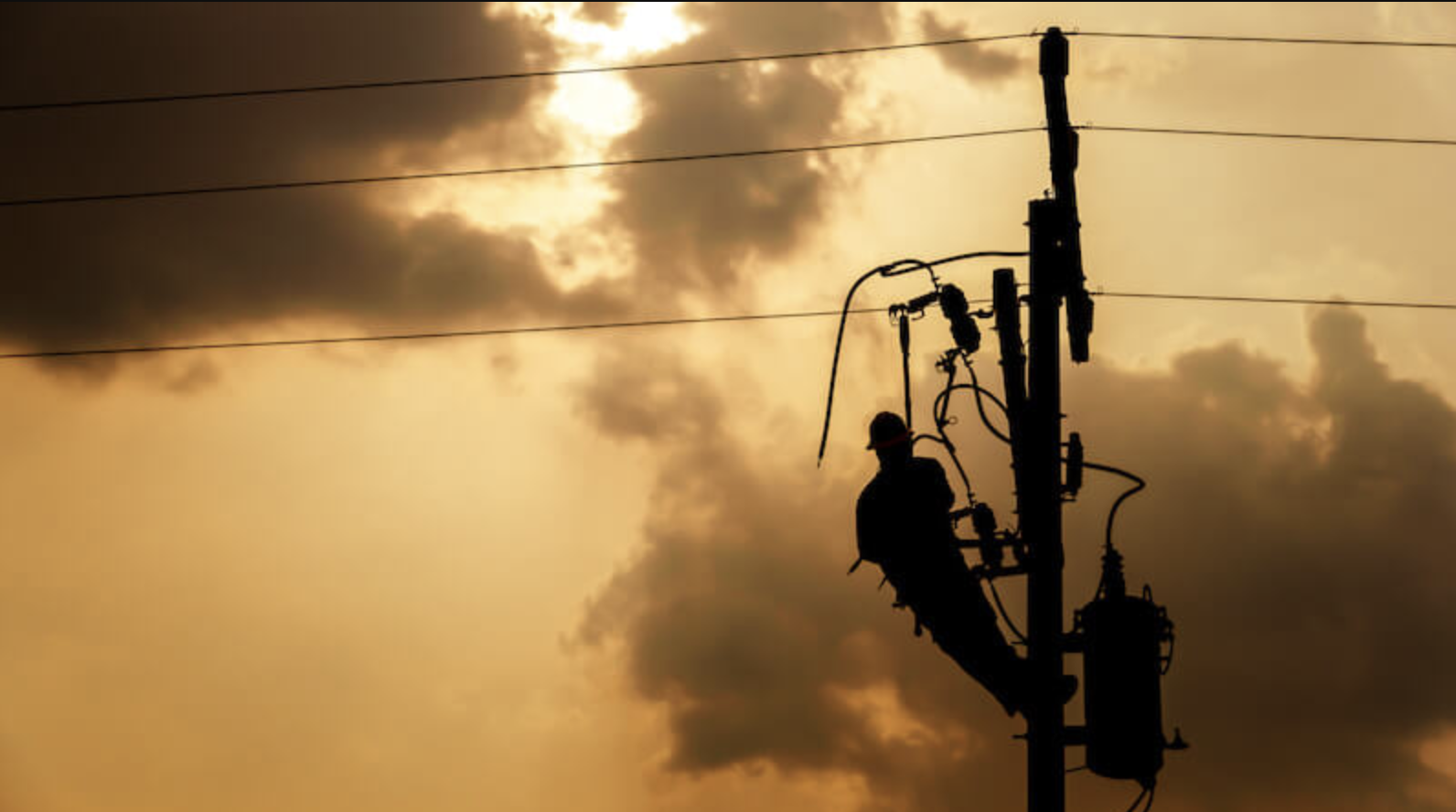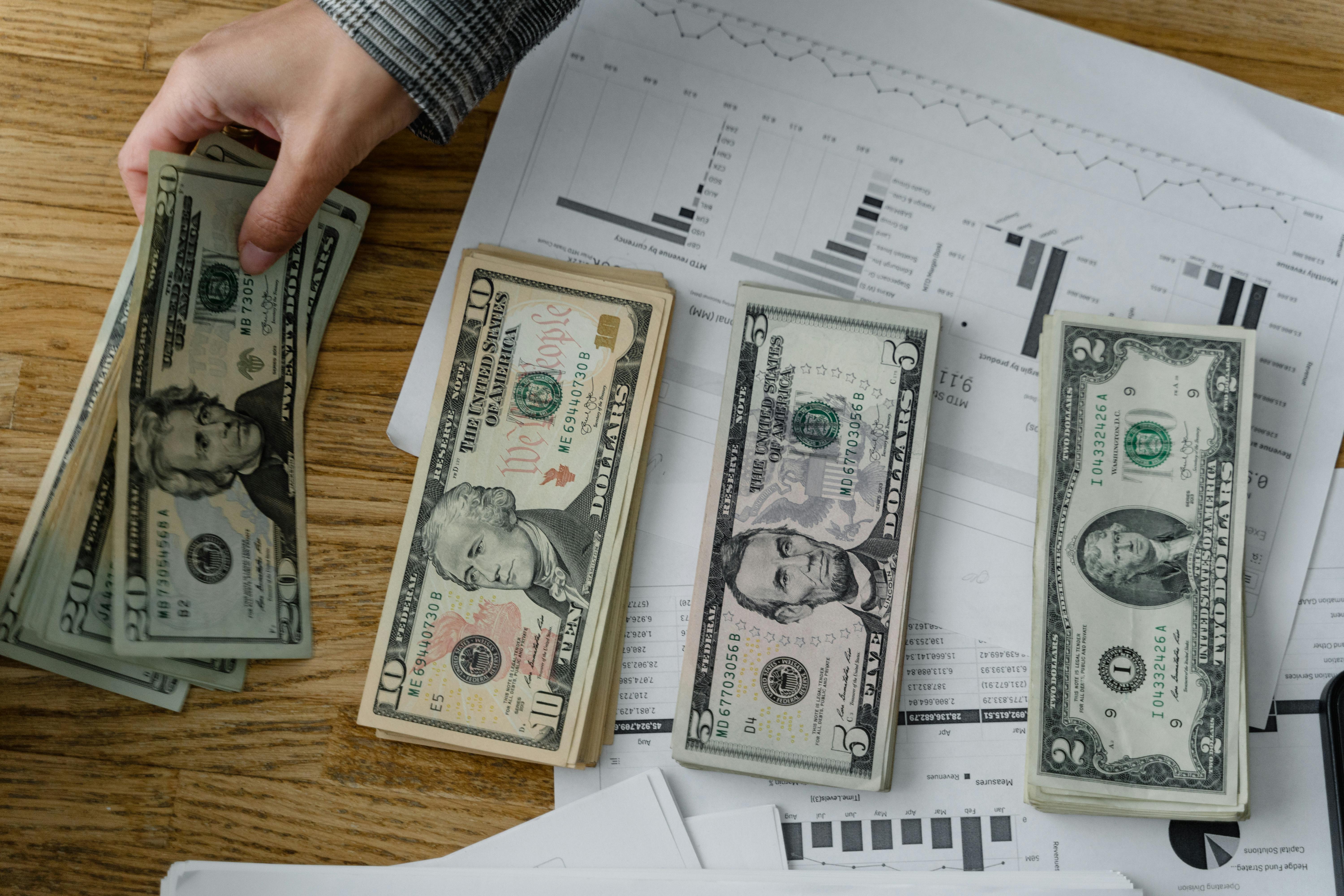
What Uses the Most Electricity: 7 Common Energy Hogs Raising Your Bill
These 7 common items are running up your electric bill without you even noticing. Here are a few tips on how you can identify what's raising your energy bill.
If you dread opening your energy bill each month, your home or office appliances are probably using a lot of electricity. While this environmentally-friendly energy is efficient for homes and businesses, it can also be expensive.
Electric bills tend to spike during hot weather when cooling systems are working their hardest. The first step to cutting costs and saving energy waste is understanding what uses the most electricity in your home, apartment, or business.
Where is Your Energy Coming From?
In this post, we are using electricity and energy interchangeably. However, energy can come from a handful of different sources. Natural gas, oil, propane, and electricity are the most common utilities a home in the United States receives.
We want to begin by making the distinction of fuel types because some of the most energy-consuming equipment could be using one or the other.
First up on our list of understanding what is using the most electricity is starting with what may be using something other than electricity.
Here are the common household appliances that could be using a fuel other than electricity:
Natural Gas or Propane
-
Space Heating Furnace
-
Water Heater
-
Cooking Stove/Oven
-
Clothes Dryer
-
Grill
-
Fireplace
-
Heated Pool
-
Generator
Oil: Space Heating
If any of these appliances are using electricity and not one of these fuels, you may have found one of the energy hogs. We'll go into the amounts below.
One of the biggest challenges today is the balance between going green and managing costs. Depending on where you live in the United States, Natural Gas may still be the cheapest option.
What Uses the Most Electricity in a Home?
Without further ado, space heating and water heating, on average, are the most energy-consuming equipment. If these appliances are using electricity, they may be what uses the most electricity in your home.
Evaluating Electricity in a Home
Your home depends on electricity for a lot of things to live comfortably. Cooking, washing clothes, or watching television will burn through a few kilowatts of energy each. However, some home appliances eat up much more electricity than others. Here are the most significant home electricity users:
1. Air Conditioning and Heating
.jpeg)
For the average home, air conditioner systems account for nearly half of the total energy use. Most systems use 28 to 63 kilowatt-hours (kWh) of electricity per day, depending on the unit’s efficiency.
Factors like the size of a room, ventilation, windows, and building material affect how efficiently an HVAC system can run. Regular maintenance of a heating and cooling system can help reduce energy costs.
2. Washer and Dryer

Most residential homes come equipped with a washer and dryer, which consume a significant amount of electricity. Between heated water, hot dryer air, and running clothes through a spin cycle, laundry appliances end up taking up 17% of energy use in an average home.
A home with more occupants that produce more dirty laundry will use the washer and dryer more frequently. Heavily soiled clothes need more energy to clean than lightly used items.
Ways to Reduce Energy Consumption in Your Home
Some practices can offset how much energy the HVAC system and laundry machine use up. You can follow these tips to reduce your home electricity use:
- Use ceiling fans
- Hang curtains on windows
- Replace air filters
- Clean and vacuum vents
- Set the thermostat higher in summer and lower in winter
- Wash in cold water
- Hang clothing to dry
- Use a dryer with a moisture sensor.
What Uses the Most Electricity in an Apartment?
There are many benefits to living in compact spaces. Apartments tend to be smaller than houses, meaning the overall electricity usage will be lower for each resident.
Apartments often share walls with adjacent units, which drives down some energy costs for the occupants. Instead of losing heating and cooling through outside walls, it circulates between apartments, meaning each system has to do less work to condition the air.
For apartment dwellers, here are the primary electricity users:
1. Water Heater
Even when you’re enjoying the savings on heating and cooling in a compact apartment space, the water heater still uses plenty of energy. On average, water heaters run about three hours per day, which comes out to 13.5 kWh in 24 hours.
The maximum water temperature can vary from one apartment unit to another. Heated water needs to travel to apartments elevated away from the appliance, which sometimes results in lukewarm temperatures—turning up the heat on the appliance results in higher energy costs.
2. Oven
Cooking with an electric-powered oven can run up your energy costs. The average modern range uses 2400 watts on medium-high heat. As a heavy-draw appliance, this can quickly translate into higher bills.
Depending on how often you cook and how many meals stay in the oven for an hour or more, you will notice a difference in electricity use. Many ovens also come with a self-cleaning feature, which means that even if your appliance has excellent insulation and you don’t use it much, it will eat up electricity during routine cleans.
You can save energy costs in an apartment building by following a few best practices with electricity-wasting appliances. Try the following tips:
- Set the water heater to the lowest comfortable showering temperature
- Wash hands in cold water
- Take shorter showers
- Cover oven dishes with tinfoil to prevent splatters
- Use an energy-efficient oven.
What Uses the Most Electricity in a Business?
Business owners need to consider how much energy their commercial space uses. Depending on the size and purpose of a business, it may consume much more power than a home.
Office Building:
Food Service:
Evaluating Electricity in a Business
Business owners need to consider how much energy their commercial space uses. Depending on the size and purpose of a business, it may consume much more power than a home.
1. Air Conditioning, Ventilation, and Heating

With a lot more people in a space, environmental conditioning is typically the largest energy consumer. To reduce electricity usage, consider bringing the space to the desired temperature before people enter. By setting a schedule, the system gradually turns on, instead of running at full blast once people are already there.
2. Refrigerator
A single refrigerator in a home may not take up an excessive amount of energy. However, businesses like grocery stores, bakeries, and restaurants have to factor in refrigeration costs as a large chunk of the bill. Keeping large amounts of food at a safe temperature requires lots of energy.
Additionally, many businesses in the food and restaurant industry use industrial freezers to preserve food. Large appliances like walk-in refrigerators consume lots of energy during daily use. The HVAC system has to work even harder to keep a business comfortable for customers and employees.
2. Lighting
While a 100-watt light bulb burns just one kWh in 10 hours, lighting costs quickly go up for businesses like car dealerships. Lighting a show floor to display products means using ultra-bright bulbs that quickly burn through energy. Many dealerships keep floodlights shining on their parking lots 24-7 to cast a bright glow through the night.
Even for an office building, lighting costs will quickly add up. Bright, consistent lighting for large spaces like warehouses and multi-level workspaces ends up using about 16% of the total energy output.
3. Computers
Increasingly, businesses are turning to E-commerce and digital solutions for company practices. The result is more computers in the workplace. Office buildings that rely heavily on computers will see a spike in energy costs to run these appliances all day.
Even worse, many offices don’t power down electronics at night, meaning that monitors and computer hardware continue to siphon energy while the office is closed. Though your computer may be in standby mode, it is still using energy.
Ways to Reduce Energy Consumption in Your Business
Whatever kind of business you operate, you can invest in specific changes to keep energy bills low in your commercial space. Try the following strategies for saving on energy:
-
Solar panels
-
Windows for natural light and heat
-
Smart appliances that turn off when idle
-
Efficient HVAC systems
-
Efficient lighting methods
-
Closed refrigerated cases
Electric bills can quickly sneak up on homeowners, apartment dwellers, and business owners. It’s helpful to know which appliances and systems are eating up the lion’s share of your electric bill.
Once you’ve identified which home features use the most kilowatts each day, you can make changes in your home and lifestyle to reduce energy use.
Written by Thad Warren
Thad is a native Texan who has worked in the energy industry for just over 5 years.
Connect
Recent Posts
How to Report a Power Outage In Your Area
Ever found yourself in a sudden blackout? Here's how you can report a power outage quickly and effectively.
April 2024

4 minutes

Ways to Receive Financial Assistance With Your Electricity Bill in Texas
Struggling with utility bills in Texas? Discover programs and resources to help you manage utility costs.
April 2024

5 minutes

Provider Comparison: TXU Energy vs Green Mountain Energy
TXU Energy vs Green Mountain Energy. See which provider we recommend to power your home or business in Texas.
March 2024

4 minutes



